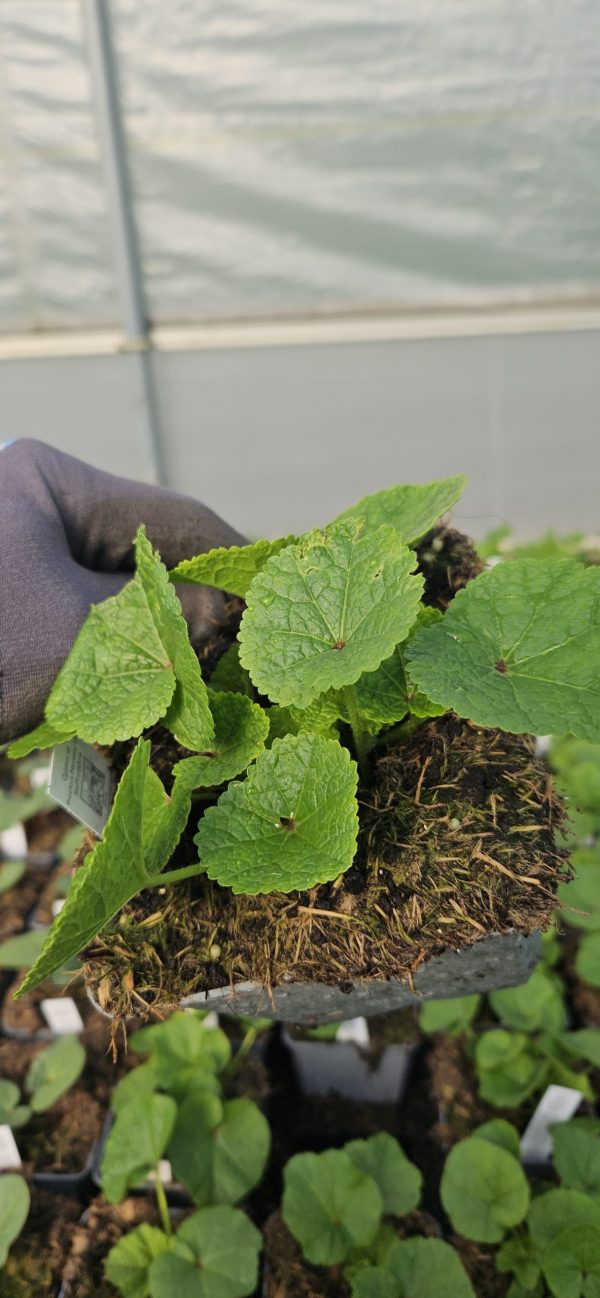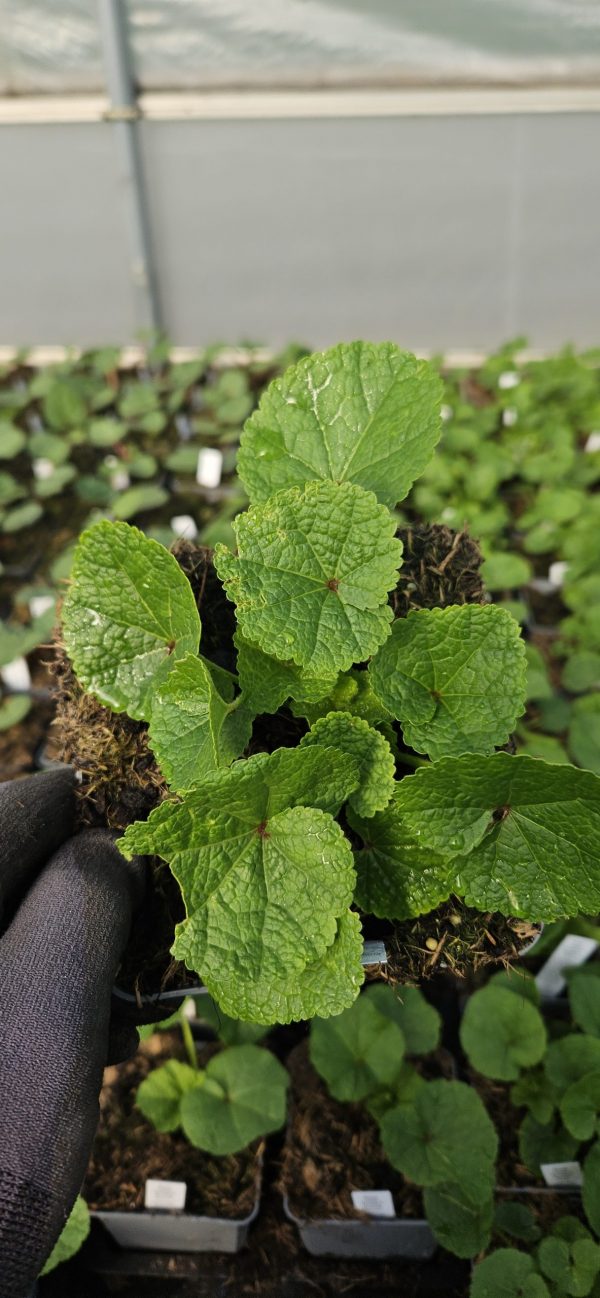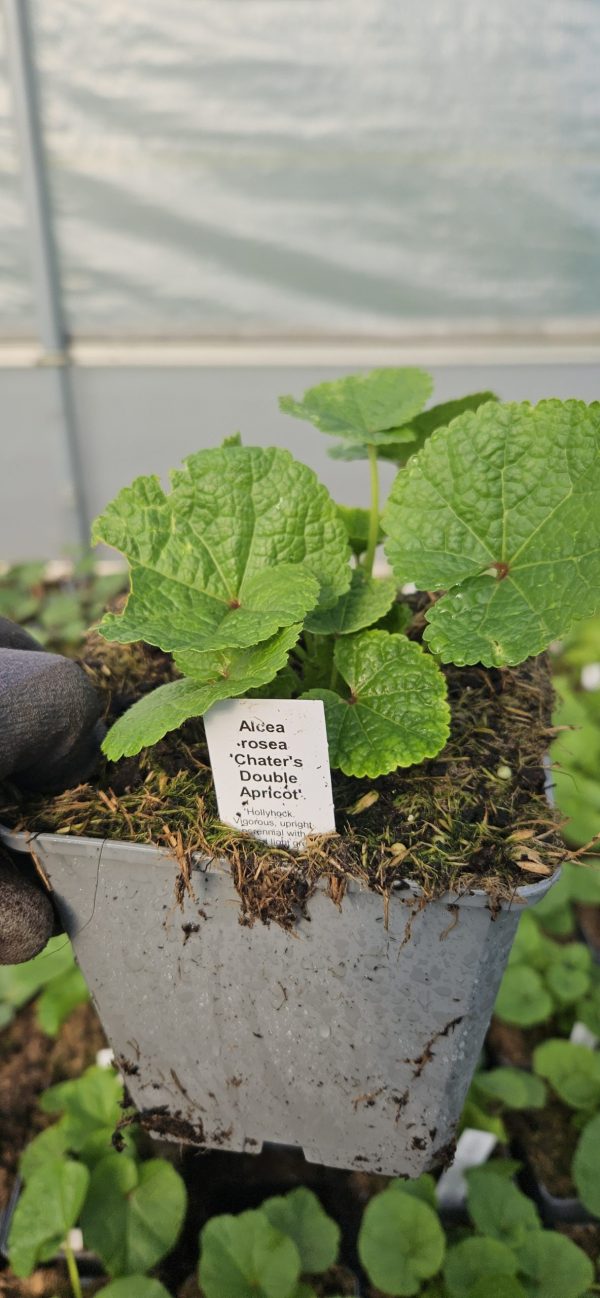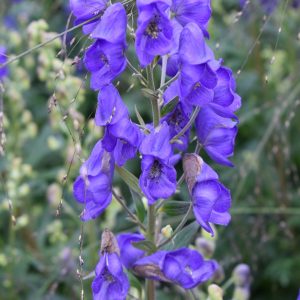Alcea ‘Chaters Double Apricot’
£6.45
Hollyhock. Vigorous, upright perennial with rounded light green leaves. Fully double flowers of rich apricot on tall imposing spikes. Height 1.8m. Spread 60cm. Flowers May to July. Full sun. Hardy. Attracts bees.
Description
Alcea ‘Chaters Double Apricot’ is a striking hollyhock that features tall, imposing spikes of fully double apricot blooms. This hardy perennial is perfect for cottage-style gardens, borders, and mixed planting schemes. Reaching a height of 1.8 meters and spreading up to 60 cm, Alcea ‘Chaters Double Apricot’ is a showstopper that also attracts bees. Follow this comprehensive guide to grow and maintain this stunning plant.
PLANTING and AFTERCARE GUIDE
Best Planting Time
- Spring: Plant Alcea ‘Chaters Double Apricot’ in spring when the soil begins to warm. This allows the roots to establish effectively, setting the stage for vigorous growth and flowering.
- Autumn: Early autumn planting is also suitable, as it gives the plant time to settle in before dormancy, ensuring robust blooms the following year.
Site Selection
- Sunlight: Alcea thrives in full sun. Select a location that receives at least 6 hours of sunlight daily to support strong stems and abundant flowers.
- Soil: Well-drained soil is essential for Alcea. Incorporate compost or organic matter into the soil to improve its fertility and drainage. Avoid waterlogged areas, as excessive moisture can harm the plant’s roots.
Planting Instructions
- Prepare the Hole: Dig a hole twice as wide and the same depth as the root ball to provide sufficient space for root growth.
- Soil Preparation: Enrich the soil with compost or well-rotted manure to promote healthy growth and vibrant blooms.
- Planting: Place the plant in the hole, ensuring the crown is at soil level. Gently backfill the hole, pressing the soil down to remove air pockets.
- Water Thoroughly: After planting, water deeply to help settle the soil and encourage root establishment.
Watering Requirements
- Growing Season: Water regularly during the growing season, especially during dry spells. Allow the top layer of soil to dry slightly between watering to prevent overwatering.
- Dormant Season: Reduce watering during the dormant period, providing moisture only if the soil becomes excessively dry.
Feeding
- Spring: Apply a balanced fertiliser in early spring to give your Alcea a strong start to the growing season. This will encourage lush foliage and vibrant blooms.
- Mid-Summer: A second application of fertiliser in mid-summer helps sustain the plant’s energy for continuous flowering.
Pruning
- Deadheading: Regularly remove spent blooms from Alcea ‘Chaters Double Apricot’ to extend the flowering period and maintain a neat appearance.
- Autumn Pruning: After the blooming season ends, cut back the stems to ground level in late autumn to prepare the plant for winter dormancy.
Mulching
- Spring: Apply a layer of organic mulch, such as bark chips or compost, around the base of your Alcea in spring. This helps retain soil moisture, suppress weeds, and regulate soil temperature.
- Winter: Mulch in winter to protect the roots from frost and temperature fluctuations.
Supporting the Plant
The tall spikes of Alcea ‘Chaters Double Apricot’ may require staking, especially in exposed or windy areas. Use sturdy supports to prevent damage and ensure the spikes stay upright.
Final Tips
Alcea ‘Chaters Double Apricot’ is a low-maintenance perennial that adds timeless charm and vertical interest to any garden. By planting it in full sun with well-drained soil and following this care routine, your Alcea will reward you with stunning apricot blooms from late spring to mid-summer. Incorporate this Alcea into your landscape for a bee-friendly, vibrant addition that enhances your outdoor space beautifully.
Additional information
| Pot Size |
|---|











Reviews
There are no reviews yet.